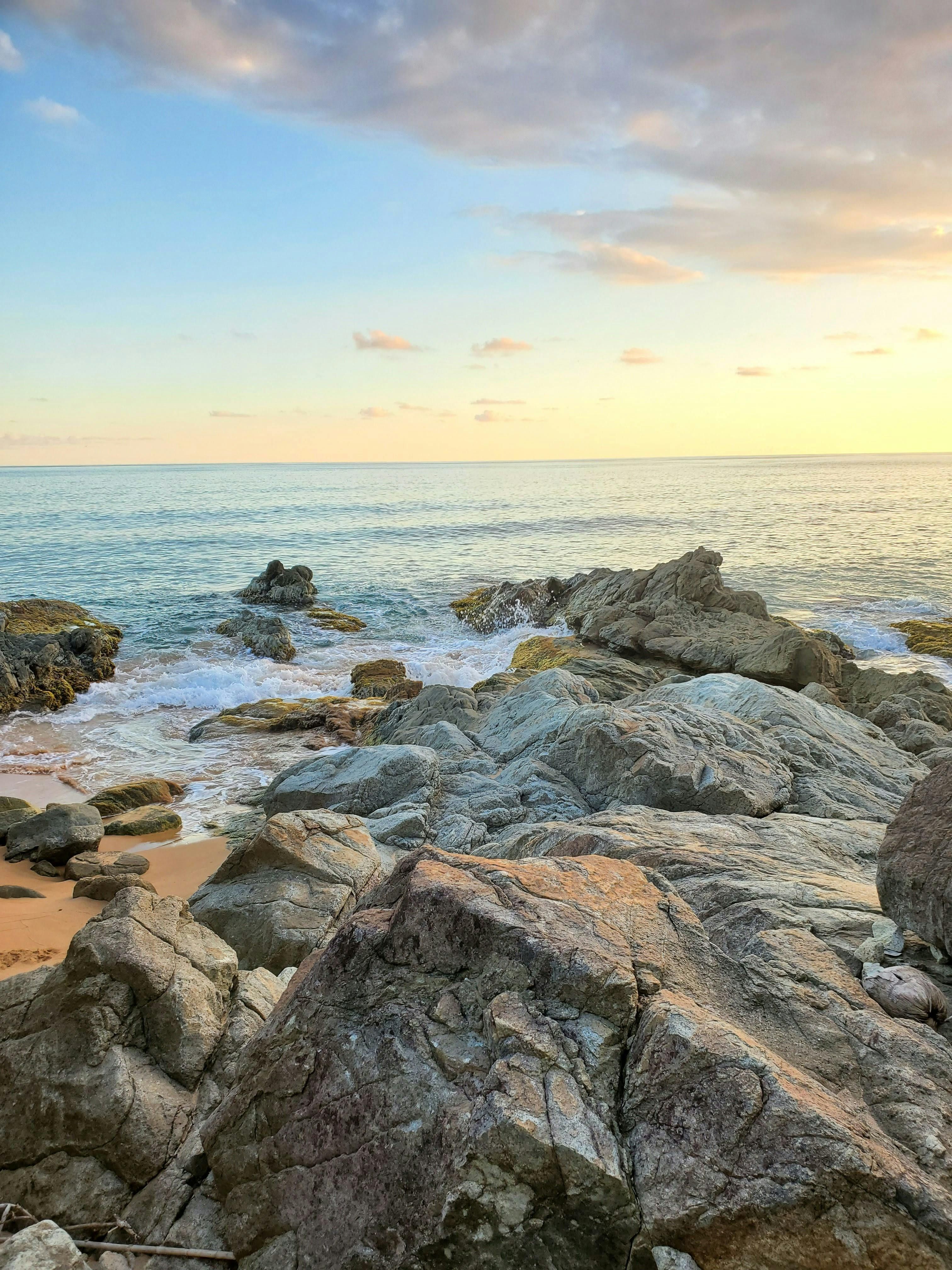Frog-Friendly Garden Ponds: Creating an Amphibian Haven 🐸
Crafting The Ideal Frog Kingdom: Essential Guide for Building a Garden Pond - Transforming a Garden Haven for Frog Kings: DIY Guide to Creating Ideal Pond Habitats
Authored by Helmut BroegEstimated Reading Time: 2 Mins
Impalpable threats face amphibians, making them the most endangered group of vertebrates. In Europe, over a quarter of amphibian species are classified as threatened, according to the International Union for Conservation of Nature (IUCN) Red List. Frog, toad, and salamander species show an affinity for small bodies of water. Across the globe, artificial and natural ponds, along with puddles, account for over 30% of inland water surfaces. Regrettably, these habitats are dwindling - in Germany alone, more than half of these bodies of water have vanished in the past century. Remaining bodies of water face water scarcity issues, exacerbated by climate change's extreme weather conditions and pressures on surrounding landscapes.
Turning Your Garden Pond into a Frog Kingdom
Consequently, garden ponds take on profound significance. Thomas Mehner, a biologist and freshwater expert from the Berlin-based Leibniz Institute of Freshwater Ecology and Inland Fisheries (IGB), shares insights:
No Fish in the Frog Pond! 🐟️⛔️
Frogs enthusiasts should steer clear of fish in their garden pond, advises Mehner. Fish prey on frog larvae and tadpoles, and they require feeding, leading to higher nutrient levels—specifically nitrogen and phosphorus—in the water. This, in turn, results in murky waters, impeding algae growth on rocks and aquatic plants vital for tadpoles' food source.
Choose Native Aquatic Plants 🌱️
For a natural, eco-friendly garden pond, and to foster a range of insects, only native plants should be employed. Sellers at do-it-yourself stores or garden centers can offer guidance on the origin of plants. A seamless transition between land and water supports a diverse insect population. Both aquatic and shoreline plants play crucial roles.
Cultivate Variety 🌟️
"Biodiversity is key," explains Mehner. The pond should showcase a variety of light and shaded areas, aswell as varying water depths—catering to amphibian offspring's differing requirements at different developmental stages. Minimizing foliage, such as leaves from surrounding plants, entering the water ensures nutrient-rich decompositions don't occur. The same rule applies to lawn clippings.
Shun Chemicals and Fertilizers 🧪️
The pond's edge should ideally be raised above the garden level to prevent chemicals from fertilizers and other components, present in rainwater or house roof runoff, from contaminating the pond. Rainwater from copper pipes should be avoided, as it introduces toxic copper compounds into the pond. While a consistently high water level is unnecessary, Mehner notes that seasonal fluctuations in water levels, characteristic of natural bodies of water, are tolerable.
Size Isn't Everything 🌊️
"Every bit of water counts," asserts Mehner. In drier regions of Germany, amphibians rely on so-called stepping stone bodies of water to migrate. Even a petite pond, just a few square meters in size, contributes beneficially. Shallow sections in the pond suitable for frog spawn are vital.
Steer Clear of Introducing Frogs 🐸️🚫
Though well-intentioned, capturing frogs using nets and transplanting them into one's pond may not be advantageous. Apart from the fact that most amphibians are protected, they also need ground-level quarters to survive winter months. If frogs don't arrive voluntarily, it's often because the next body of water is beyond their reach. A network of natural ponds is crucial for facilitating long-distance travel.
- Amphibian species, such as frogs, toads, and salamanders, require protection due to their endangered status, as over a quarter of amphibian species in Europe are classified as threatened.
- In creating an amphibian haven, garden ponds play a significant role, as they account for over 30% of inland water surfaces worldwide and serve as habitats for amphibians that lack natural bodies of water.
- To support a thriving amphibian population, it's essential to maintain the diversity of a garden pond by including native aquatic plants, providing varying light and shaded areas, varying water depths, and avoiding nutsrients-rich decomposition from leaves and lawn clippings.








